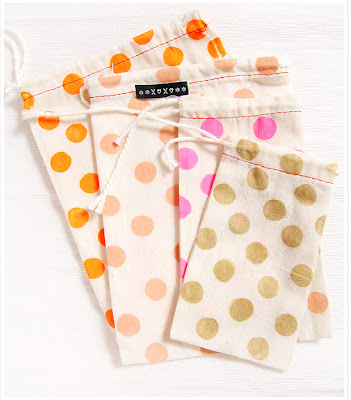Driving to a concert yesterday I heard Splendid Table on NPR doing a story about a cooking trend (usually trend means getting back to something traditional, and this was no exception).
The story was called "Branching Out: Wildcrafters use pine, firs to spruce up old recipes". I was immediately intrigued. First of all, I didn't know the term Wildcrafters. I would think collecting forrest parts would be "foraging", but culinary expert Kim Nova explained the difference. "Because if you really look at the etymology of that term, it means to strip or ravage. A good wildcrafter -- a collector, a gatherer, a harvester -- never does that."
What do these firs taste like? Nova explains,"Spruce is frequently compared to rosemary. Balsam has a tendency to pair better with sweets; it’s not as strong and as intense as the spruce. The white pine is the mildest. Then of course there’s my favorite, which is the concolor, which is a cross between a lemon and an orange fresh zest."
I wanted to know who else was doing this so I did some more research this morning. New York Times, also did an article Out of the Kitchen, Into the Field, featuring Kim Nova and her crew, in 2008. This article featured several individuals lifelong obsession for wild edibles.
I also found that Scandinavians have been doing this as part of an ancient tradition. Marcus Samuelsson reported on his blog last year, about Nordic Style Cooking.
Kim Nova talked about the way to collect these wild edibles: "when you’re collecting them, you want to keep in mind that what you’re taking is that year’s growth, so you take it sparingly. You don’t just go in and ravage the tree; you take it here and there because any place you take it from a tree is going to affect that year’s growth. It’s like anything else when you’re pruning, you want to balance it."
Preparation technique for using conifer needles in recipes: Rinse needles and spin dry. Trim needles tight to twig/branch with sharp knife. Chop only enough needles and only enough times necessary to release oils. Extra needles may be frozen for later use.
White Pine Vinegar:
For a balsamic-type vinegar that can be used on salads and vegetables. Place enough needles to almost completely fill a glass jar (your choice of size), and cover with a good organic apple cider vinegar -- make sure all needles are completely covered by a good inch. Place wax paper or clear wrap over top of bottle and place in a cool dark place. Leave for at least two weeks -- a month is better -- and strain.
Place strained liquid in a pretty bottle (with a non-reactive cover) and use like you would any balsamic vinegar.
For an attractive and thoughtful gift, place a fresh, clean bundle of needles in the bottle before closing and seal with beeswax.
White Pine Needle Tea:
- 1/2 cup Eastern White Pine needles
- 1 1/2 pints spring Water
Bring water to boil in a non-reactive pan. Add needles, reduce heat and simmer for up to 20 minutes -- or place in a glass jar and leave to steep overnight in the refrigerator. Strain needles and drink warm or cold. You can also put the needles in an unbleached tea bag. The tea should be slightly red in color with a light oil floating on top. You can add honey or cinnamon. This will be mild and a little tangy to the taste. High in antioxidants, vitamin C and vitamin A. It has been found that pine needle tea has strong antimutagenic, antioxidant and antiproliferative properties, which help in preventing cancer-producing cells. Along with that, they also have anti-tumor effects on the body.
Conifer Simple Syrup:
- 1 cup sugar, organic
- 1 cup water, spring
In a small non-reactive saucepan, make a simple syrup by combining the water and sugar, and heating slowly until the sugar has dissolved. Turn the heat off, add needles, and let steep for at least one hour. Remove and discard needles when finished steeping. Makes great sorbet or carbonated drink.
Conifer Seasoning:
Prepare your needles and dehydrate. Once dry, grind them in a blender or coffee grinder. Use as you would any seasoning powder. The spruce is stronger and can be used in the same places you would use rosemary; the fir are mild; and the Eastern White pine the mildest of all. These are good in/on vegetables, soup, meats, chicken, fish and desserts.























